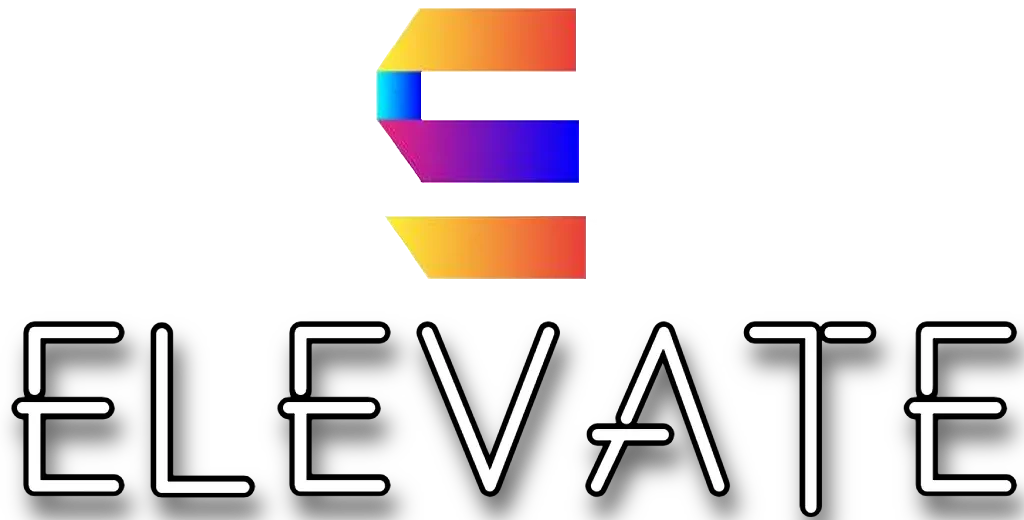Solar-powered HVAC systems use solar energy to heat, cool, and ventilate homes, reducing energy costs and reliance on fossil fuels. By integrating solar panels with heat pumps or hybrid systems, they provide efficient, eco-friendly climate control while lowering carbon emissions.
The demand for solar HVAC solutions is increasing as more people seek sustainable alternatives to traditional heating and cooling systems. Studies show that solar HVAC systems can lower energy costs by 25-75%, depending on location and efficiency. Government incentives and tax credits make these systems even more attractive, helping homeowners offset installation costs.
What Is a Solar-Powered HVAC System?
A solar-powered HVAC system uses solar photovoltaic (PV) panels to generate electricity for heating, cooling, and ventilation. These systems can either be fully solar-powered or work in a hybrid setup that combines solar with traditional energy sources for backup.
Key Components of a Solar HVAC System:
- Solar Panels: Convert sunlight into electricity to power HVAC systems.
- Inverters: Convert solar energy from direct current (DC) to alternating current (AC) for home use.
- Battery Storage (Optional): Stores excess solar power for use during low-sunlight periods.
- Heat Pumps or Air Conditioners: Operate using solar-generated electricity instead of grid power.
- Thermostats and Smart Controls: Optimize heating and cooling based on real-time energy availability.
By integrating these components, solar HVAC systems provide energy-efficient climate control, reducing reliance on fossil fuels and cutting electricity bills.
Types of Solar-Powered HVAC Systems
Solar-Powered Heat Pumps
Solar energy can power air-source and geothermal heat pumps, providing heating and cooling with up to 50% less energy consumption compared to traditional systems.
- Air-source heat pumps extract heat from outdoor air to warm indoor spaces.
- Geothermal heat pumps use underground temperatures for highly efficient climate control.
- Hybrid systems allow heat pumps to switch between solar and traditional electricity for maximum efficiency.
Hybrid Solar HVAC Systems
Hybrid solar HVAC setups combine solar power with grid electricity, ensuring uninterrupted operation even when solar production is low.
- Extra solar energy can be fed back into the grid, earning homeowners energy credits.
- These systems are ideal for areas with unpredictable sunlight availability.
- Smart inverters manage the transition between solar and grid power automatically.
Solar Thermal Cooling and Heating
Solar thermal systems use heat from the sun to drive an absorption cooling cycle, reducing the need for traditional air conditioning.
- More common in commercial buildings and off-grid homes.
- Can be combined with traditional HVAC for hybrid operation.
- Works best in regions with high solar radiation for maximum efficiency.
Benefits of Solar-Powered HVAC Systems
Switching to solar HVAC provides numerous benefits beyond just lowering electricity costs.
Reduced Energy Bills
- Solar-powered HVAC systems significantly lower heating and cooling costs.
- Many homeowners see a return on investment within 5-10 years due to reduced utility expenses.
- Energy savings depend on location, system size, and local solar conditions.
Environmental Sustainability
- Solar-powered systems reduce reliance on fossil fuels, lowering carbon emissions.
- Helps buildings move closer to net-zero energy consumption.
- Reduces the environmental impact of traditional HVAC, which accounts for 40% of home energy use.
Energy Independence and Reliability
- With solar HVAC, homeowners can generate their own electricity, reducing reliance on power grids.
- Battery storage ensures backup energy for nighttime or cloudy days.
- Reduces the impact of rising electricity prices and grid outages.
Increased Home Value
- Homes with solar HVAC systems often sell faster and at higher prices.
- Energy-efficient homes attract eco-conscious buyers and qualify for green home certifications.
- Installing solar panels and HVAC upgrades can increase property value by 4-7%.
Challenges and Considerations
While solar-powered HVAC offers many benefits, there are a few challenges to consider before making the switch.
High Initial Costs
- Solar panels and high-efficiency heat pumps require upfront investment.
- Government tax credits and rebates help offset costs, making it more affordable.
- Payback period ranges from 5-15 years, depending on energy savings.
Retrofitting for Older Homes
- Homes without existing solar infrastructure may require structural modifications.
- Upgrading electrical panels and HVAC systems may be necessary for compatibility.
- Professional consultation ensures the best system design for energy efficiency.
Seasonal Limitations
- Solar HVAC systems depend on sunlight availability, making performance seasonal in some areas.
- Battery storage or grid backup ensures uninterrupted heating and cooling.
- Proper system sizing ensures enough power generation year-round.
Government Incentives for Solar HVAC Installation
To encourage the adoption of solar-powered HVAC systems, federal and state governments offer financial incentives:
- Federal Solar Tax Credit: Homeowners can claim up to 26% of installation costs on federal taxes.
- State & Local Rebates: Many states offer grants and tax exemptions for solar energy adoption.
- Net Metering Programs: Some utility companies provide credits for excess solar energy fed back into the grid.
These incentives make it easier and more affordable for homeowners to switch to solar HVAC solutions.
The Future of Solar HVAC Technology
As solar panel efficiency improves and heat pump technology advances, solar-powered HVAC systems will become more accessible and cost-effective.
- Cold-climate heat pumps can now operate efficiently at temperatures as low as -30°F.
- New solar-powered absorption cooling systems will offer better off-grid air conditioning options.
- The rise of community solar programs will make solar HVAC adoption easier for homeowners without rooftop space.
Experts predict that solar HVAC will dominate the residential heating and cooling industry within the next decade as energy costs continue to rise.
Final Thoughts
Solar-powered HVAC systems are transforming home comfort, energy efficiency, and sustainability. By using solar panels to generate electricity for heating and cooling, homeowners can significantly reduce energy costs, increase energy independence, and lower their environmental impact.










